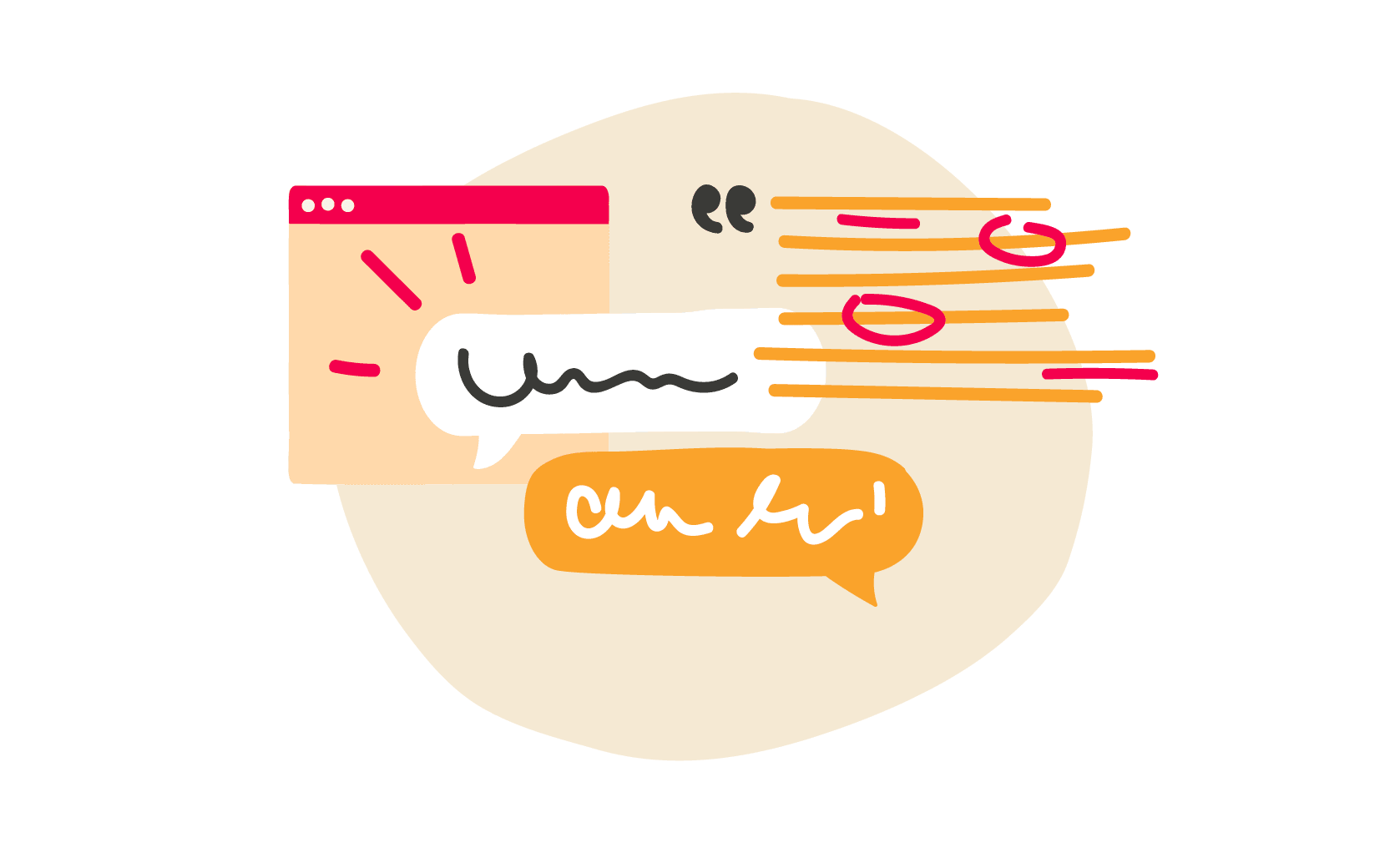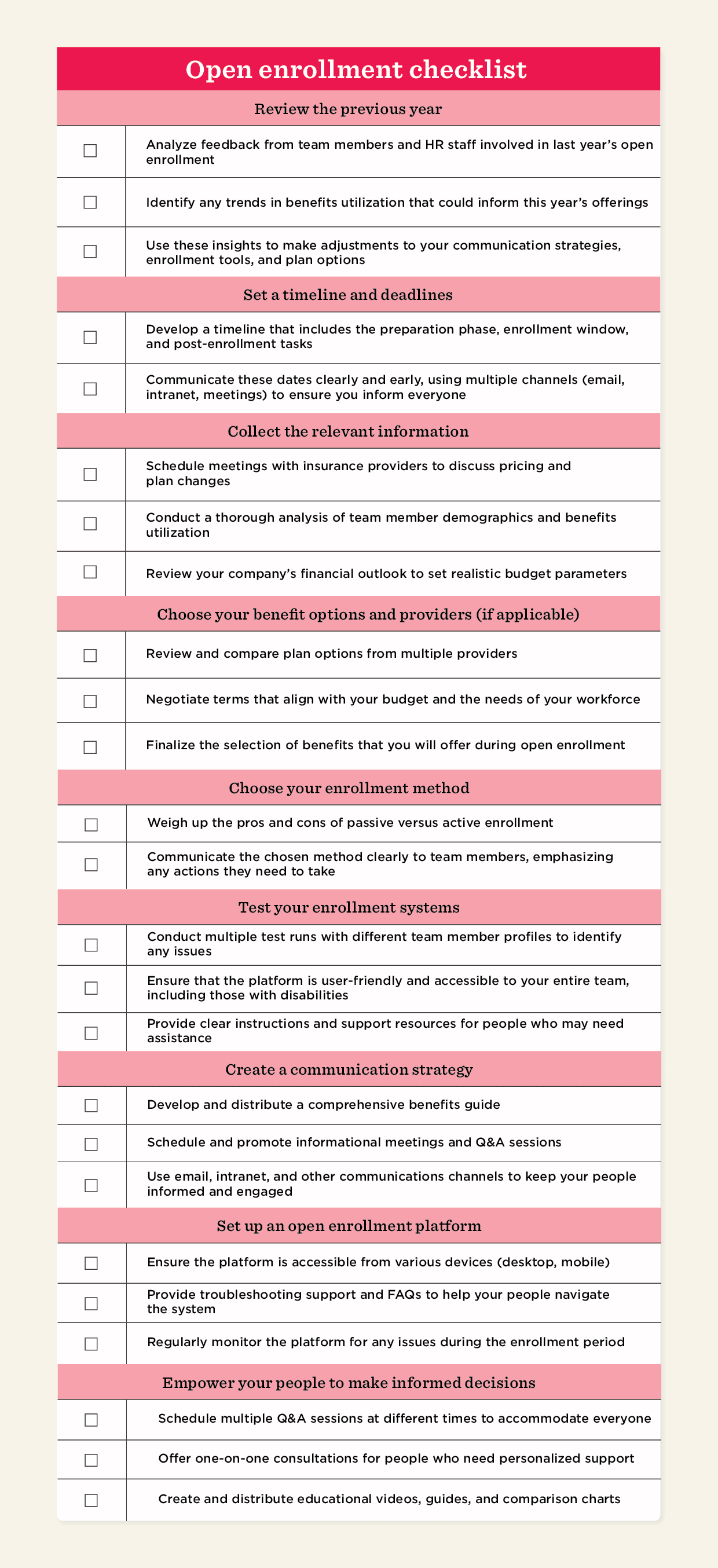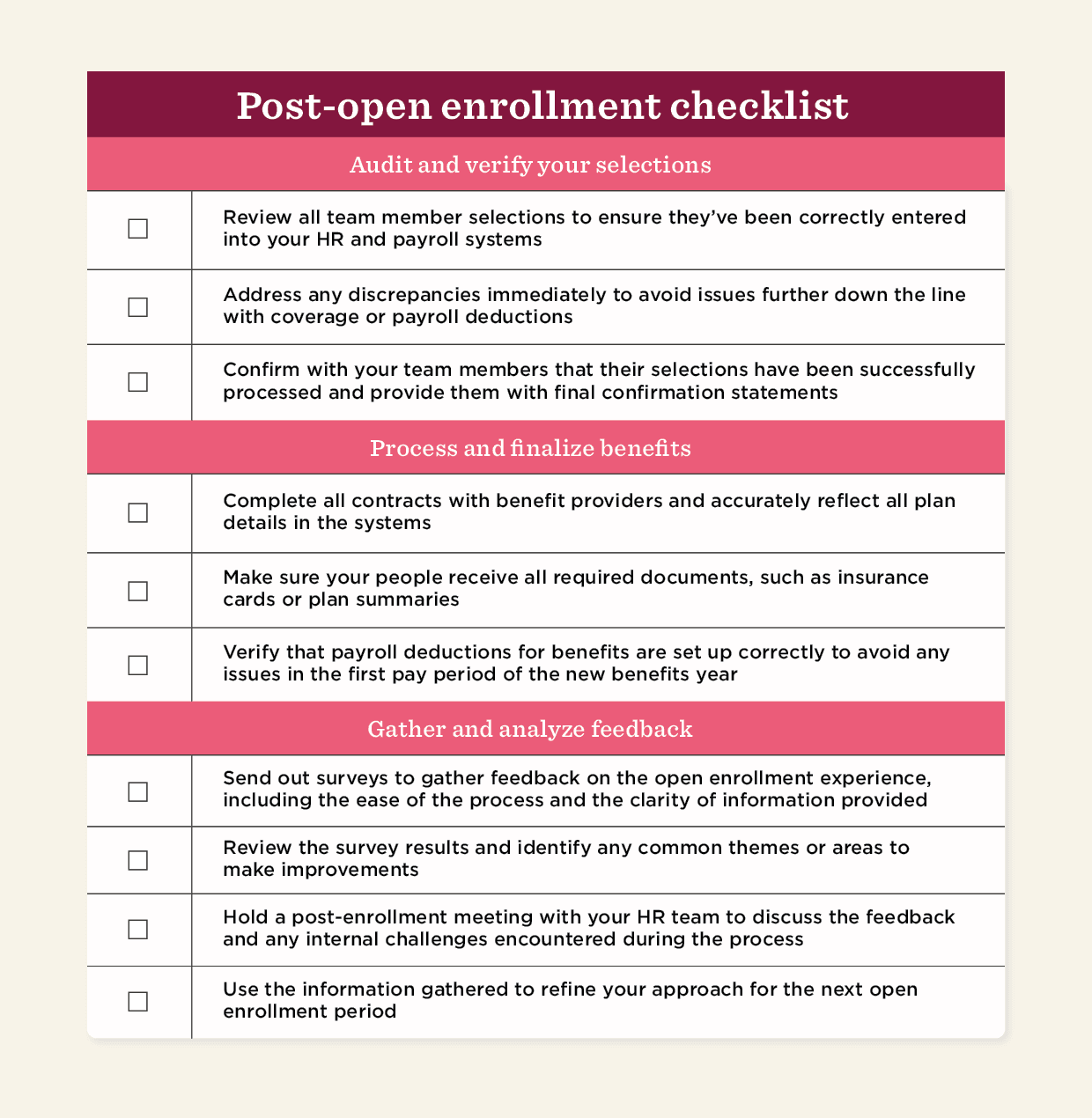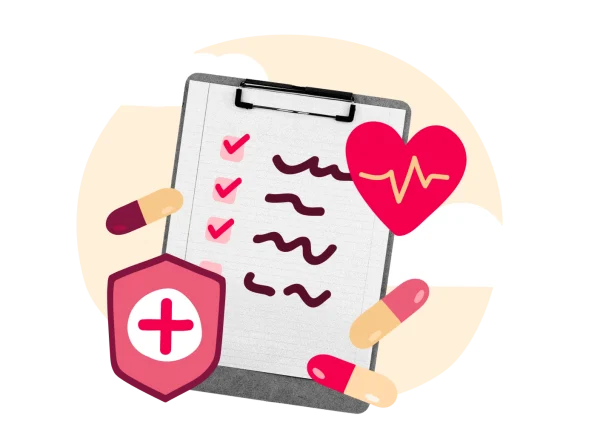Whenever the term “open enrollment” is uttered, if you listen very carefully, you can almost hear the distant chorus of groans from HR professionals across the United States.
For HR professionals, open enrollment season can feel like running a marathon with your shoelaces tied together.
But in all seriousness, everything from selecting the right benefits and managing relationships with providers to ensuring every team member makes the best decisions possible can be complex.
With the right preparation and approach, and a consistent gameplan from start to finish, you can turn what was once a grueling task into a fresh new opportunity to enhance your company’s benefits strategy and boost team member satisfaction—and make impactful choices that benefit the entire organization.
In this guide, we’ll cover everything you need to navigate open enrollment effectively and with confidence.
Let’s get started.
<<Download our free open enrollment guide and checklist now.>>

Unpacking open enrollment
What is open enrollment?
Before we continue, let’s cover what open enrollment actually means.
The open enrollment period is the designated time when an organization’s employees can enroll, adjust, or cancel their health insurance and other benefit plans they have with the company.
This is the only time during the year—outside of specific qualifying life events like marriages and welcoming new family members—when these changes are possible.
Why is open enrollment important for team members?
Open enrollment is a crucial time for team members because it’s their one opportunity to review or update their benefits. Having the right benefits clearly matters, with one in ten people saying they’d take a pay cut to have access to better benefits.
Whether it’s selecting a different health plan, enrolling in a flexible spending account (FSA), or adding new dependents, open enrollment ensures people have the right coverage in place for the upcoming year.

Why is open enrollment important for employers?
For employers, and especially HR professionals, open enrollment is important because it directly impacts key metrics such as employee satisfaction, retention, and overall workplace morale.
It’s a perfect opportunity to demonstrate your commitment to your people’s wellbeing by offering competitive and relevant benefits that can make a big difference in their day-to-day lives—both inside and outside of the workplace.
In fact, team members who are happy with their pay and benefits are 13 percent more likely to work for their current employer for three or more years.
Plus, effectively managing open enrollment helps to minimize the administrative burden, ensuring that the process runs smoothly and efficiently every time.
How does open enrollment work?
The open enrollment process typically involves a number of key steps:
- The announcement. The first step is to notify everyone across the company about the upcoming open enrollment period. It’s best to do this well in advance so people have time to reflect on their needs and can plan ahead. Include key dates such as the start and end of the enrollment window and any relevant deadlines for submissions.
- The distribution of information. Give your people a comprehensive breakdown of the available benefits, any changes to existing plans, and the costs associated with each option. This can include summaries of benefits, comparison charts, and detailed plan descriptions. It’s also important to ensure all of this information is easily accessible.
- The decision-making process. During this time, encourage team members to look over their current benefits, attend informational sessions, and consult with their HR or benefits advisors. This will help them understand their options fully and ensure that they’re making the best decisions possible.
- Enrollment. At this stage, your people will submit their benefit selections through your company’s enrollment platform. This is typically a straightforward process, but you can further facilitate this by providing clear instructions to guide people through, step by step.
- Confirmation. After your people have completed their enrollment, they should receive confirmation of their choices. This will include a breakdown of the benefits they selected and any applicable costs. It’s a good idea to encourage both your HR team and your team members to go over this confirmation carefully to make sure everything is correct and in order.
<<Download our free open enrollment guide and checklist now.>>

How to prep for open enrollment
Preparation is the bedrock of a successful open enrollment period. Here’s a detailed guide to ensure you’re as prepared as possible:
1. Review the previous year
Reflecting on the previous year’s open enrollment is a critical first step in refining your approach.
What were the highlights? Which areas showed great success? Where are there opportunities for further improvement?
Consider team member feedback, administrative challenges, and any discrepancies that came up during your last enrollment. This retrospective view of your process will inform your strategy, helping you build on what worked well and address any shortcomings.
Key actions:
- Analyze feedback from team members and HR staff involved in last year’s open enrollment
- Identify any trends in benefits utilization that could inform this year’s offerings
- Use these insights to make adjustments to your communication strategies, enrollment tools, and plan options
2. Set a timeline and deadlines
Create a comprehensive timeline that includes all key milestones in the open enrollment process. This should encompass everything from the initial announcement to the final confirmation of benefits.
To keep everyone up-to-date and ensure nobody falls behind, communicate critical dates well in advance and send out reminders as the various deadlines approach.
Establishing and sticking to these deadlines helps maintain order and ensures that no one misses out on making their necessary benefits adjustments.
Key actions:
- Develop a timeline that includes the preparation phase, enrollment window, and post-enrollment tasks
- Communicate these dates clearly and early, using multiple channels (e.g., email, Slack, intranet, meetings) to ensure you inform everyone

3. Collect the relevant information
Gathering the right information is crucial to tailoring your benefits offerings to the needs of your people and the company’s financial capabilities. This includes:
- Your company budget. Understand the financial parameters set by your company’s leadership. This will guide decisions on how much the company can contribute toward employee benefits and whether any cost-sharing adjustments are necessary.
- Your insurance partner pricing. Obtain the upcoming year’s pricing from your current insurance providers. This information is vital for evaluating whether the existing plans remain viable or if alternative options need exploring.
- Your people data and demographics. Analyze the data you have for your team, including their age, family status, health conditions, and benefits usage patterns. This will help you to anticipate which benefits are most valued by your people and where there might be gaps in coverage.
Key actions:
- Schedule meetings with insurance providers to discuss pricing and plan changes
- Conduct a thorough analysis of team member demographics and benefits utilization
- Review your company’s financial outlook to set realistic budget parameters
4. Choose your benefit options and providers (if applicable to you)
Once you’ve got a clear understanding of your budget and your people’s needs, it’s time to finalize your benefits offerings.
Whether you’re sticking with your current providers or exploring new ones, make sure the benefits you are offering align with the needs of your people and your company’s financial goals. That way, you can ensure you’re giving your people the best care possible—while keeping your balance sheet firmly in mind.
Next, review any plan changes, such as new coverage options or adjusted copays. Understand these changes fully so you can communicate them effectively to your team. This is particularly important, as studies show that 35 percent of working professionals don’t understand the benefits they choose during open enrollment.
If needed, negotiate with providers or seek bids from new ones to find options that best suit your team. Consider what new benefits might appeal to your people, such as mental health resources, wellness programs, or enhanced family planning coverage.
Key actions:
- Review and compare plan options from multiple providers
- Negotiate terms that align with your budget and the needs of your workforce
- Finalize the selection of benefits that you will offer during open enrollment
5. Choose your enrollment method: Passive vs. active
The next step is to decide whether you want to use a passive enrollment approach, where your people’s existing benefits automatically renew unless they make changes, or an active enrollment approach, where each person must actively choose their benefits every new year.
While both approaches have their upsides and downsides, active enrollment encourages people to reassess their needs and make more informed decisions. Although it requires more time and effort from both HR and team members, it can lead to more informed decisions and a more tailored benefits experience, even for organizations with leaner HR teams.
Key actions:
- Weigh up the pros and cons of passive versus active enrollment
- Communicate the chosen method clearly to team members, emphasizing any actions they need to take

6. Test your enrollment systems
Before the enrollment period begins, thoroughly test your enrollment platform to ensure it’s working correctly. This includes checking for any technical glitches, ensuring the accuracy of the information provided, and simulating the enrollment process to catch any potential issues before everyone starts using the system.
Key actions:
- Conduct multiple test runs with different team member profiles to identify any issues
- Ensure that the platform is user-friendly and accessible to your entire team, including those with disabilities
- Provide clear instructions and support resources for people who may need assistance
7. Create a communication strategy
Effective communication is key to a smooth open enrollment process—which is why the final step is to develop a multi-channel communication strategy that keeps your people informed and up-to-date at every stage of the process.
This can include:
- Informational materials. Create clear, concise materials that explain the benefits options, any changes from the previous year, and the steps your people need to take to enroll.
- Meetings and Q&A sessions. Host meetings and Q&A sessions to address people’s questions and provide guidance on making the best choices for their needs.
- Regular updates. Send out reminders as deadlines approach and provide updates on any important developments.
Key actions:
- Develop and distribute a comprehensive benefits guide
- Schedule and promote informational meetings and Q&A sessions
- Use email, intranet, and other communications channels to keep your people informed and engaged

How to run a successful open enrollment period
Once the open enrollment planning process is completed, let’s take a look at how you can run a successful open enrollment period.
1. Set up an open enrollment platform
Setting up an open enrollment platform helps ease the process for your HR team and your team members.
Ensure that your enrollment platform is fully operational and easy to navigate to make the process as smooth as possible. This platform should be the central hub where people can access all necessary information, submit their benefits selections, and track the status of their enrollment.
Key actions:
- Ensure the platform is accessible from various devices (desktop, mobile)
- Provide troubleshooting support and FAQs to help your people navigate the system
- Regularly monitor the platform for any issues during the enrollment period
2. Empower your people to make informed decisions
Empowering your people to make informed decisions about their benefits is one of the most critical aspects of a successful open enrollment. Provide a range of resources to help them fully understand their options and what they mean.
This can include things such as:
- Q&A sessions. Host sessions where people can ask specific questions and receive personalized advice on their benefits and plans.
- One-on-one consultations. Offer individual consultations for people who need more detailed guidance to ensure they’re choosing the right benefits.
- Educational materials. Distribute materials that explain the benefits in simple terms, including any new offerings or changes to existing plans.
Key actions:
- Schedule multiple Q&A sessions at different times to accommodate everyone
- Offer one-on-one consultations for people who need personalized support
- Create and distribute educational videos, guides, and comparison charts
3. Create an open enrollment best practice checklist
A best practice open enrollment checklist is an invaluable tool to ensure that you cover every aspect of the open enrollment process—and that nothing is missing.
The best checklists are comprehensive and include all key tasks and timelines to help guide your HR team and keep the process on track.
- Comprehensive coverage. Include all major tasks, from initial preparation to post-enrollment follow-up.
- Timeline management. Incorporate key deadlines and milestones to ensure timely completion of each step.
- Ongoing communication. Ensure the checklist emphasizes the importance of ongoing communication and support for your people throughout the enrollment period.
Key actions:
- Develop a detailed checklist that covers all phases of the open enrollment process
- Use the checklist as a project management tool, assigning tasks to specific team members
- Regularly review and update the checklist to reflect any changes or improvements in the process

What to do after open enrollment ends
While the end of the open enrollment period might feel like it marks the finish line, there are more opportunities for follow-up activities that can improve the experience in the future.
The post-enrollment period is also critical to the process. This is the time to ensure that all selections are correctly processed and that your people are set up for success with their new benefits.
Here are the three steps to cover:
1. Audit and verify your selections
After open enrollment ends, audit and verify that the people’s selections were accurately recorded.
This involves cross-checking the enrollment platform data with your HR system and ensuring that all deductions and benefits align with your people’s choices. It’s better to double-check each and every detail and catch any errors early, rather than wait and allow smaller hiccups to become larger issues.
Key actions:
- Review all team member selections to ensure they’ve been correctly entered into your HR and payroll systems
- Address any discrepancies immediately to avoid issues further down the line with coverage or payroll deductions
- Confirm with your team members that you’ve successfully processed their selections, and provide them with final confirmation statements
2. Process and finalize benefits
After verifying your team’s selections, it’s time to finalize all benefit plans with your providers. This step ensures that insurance companies receive the correct information and that people receive the necessary materials, such as insurance cards and coverage details.
Key actions:
- Complete all contracts with benefit providers and accurately reflect all plan details in the system
- Make sure your people promptly receive any required documents, such as insurance cards or plan summaries
- Verify that payroll deductions for benefits are set up correctly to avoid any issues in the first pay period of the new benefits year
3. Gather and analyze feedback
Understanding how your people received your open enrollment process and identifying areas for improvement is crucial for future success.
You can collect feedback through surveys and informal conversations to gauge overall satisfaction with the process and the benefits offered.
Key actions:
- Send out surveys to gather feedback on the open enrollment experience, including the ease of the process and the clarity of information provided
- Review the survey results and identify any common themes or areas to make improvements
- Hold a post-enrollment meeting with your HR team to discuss the feedback and any internal challenges encountered during the process
- Use the information gathered to refine your approach for the next open enrollment period

Off-season open enrollment programs (to make your life easier)
Off-season open enrollment programs can be a game-changer for HR professionals and can help reduce the stress and workload that come with the main enrollment period.
These programs allow for smaller, targeted enrollments throughout the year, particularly for new hires or existing team members who are experiencing qualifying life events such as marriage or the birth of a child.
By spreading out the enrollment tasks throughout the year, you can manage your people’s needs more efficiently and avoid an end-of-year rush.
<<Download our free open enrollment guide and checklist now.>>
Your open enrollment checklist
We’ve put together the key actions for each step of the open enrollment process to act as an open enrollment checklist for you to use:


<<Download our free open enrollment guide and checklist now.>>
Recommended For Further Reading
Sample open enrollment letter to team members
Below is an example of an open enrollment letter that can be sent to team members:
| Subject: Important information about open enrollment 2024
Dear [name], Open enrollment for 2024 is almost here, and we want to ensure you’re prepared to make the best decisions regarding your benefits. This is your opportunity to review and make changes to your health insurance and other benefits for the coming year. Key dates: Open enrollment dates: [Start date] to [End date] Deadline to submit changes: [Final deadline] We’ll hold informational sessions to explain your options and answer your questions. Please take the time to review your current benefits and consider any changes for the year ahead. To ensure your benefits are in place for the coming year, please complete your enrollment by the deadline. Best regards, [Your name] |
Master open enrollment with confidence
Navigating the open enrollment period can be tricky. But with careful preparation, clear communication, and a trusted checklist, you can manage the process smoothly and effectively.
By following the steps outlined in this guide and using our open enrollment checklist, you can tackle any challenges with confidence and ease—strengthening employee satisfaction and retention and avoiding unnecessary stress.

